- The most sensitive reader in terms of fluorescence intensity and polarization
- Single plate reader with 5 dedicated test probes
- Simultaneous dual emissions, including for Alpha Technology
- 9 decades luminescence dynamic range
- Dedicated AlphaScreen® / AlphaLISA® / AlphaPlex™ Lasers
- New generation TRF-laser
- Focal height adjustment top and bottom
- High-precision injector with simultaneous injection and detection of multiple reagents
- High speed absorbance measurements
- Easy integration into automated systems
PHERAstar FSX – Microplate reader
The PHERAstar® FSX is our most sensitive multimode reader for high throughput screening, combining this sensitivity with fast read times. Thanks to its unique Optical Module system, simultaneous dual emission, UV/vis spectrometer and dedicated AlphaScreen® and TRF lasers, the PHERAstar FSX will perform your test easily and quickly, even in 3456-well microplates.
| Detection mode | Fluorescence intensity – including FRET |
| Fluorescence polarization | |
| AlphaScreen® / AlphaLISA® / AlphaPlex™ | |
| Luminescent (flashes and glows) – includes BRET. | |
| Time-resolved fluorescence | |
| TR-FRET | |
| UV/Vis . Absorption Spectrum | |
| Measurement mode | Read above and below |
| Endpoints and kinetics | |
| Sequential Multiple Stimulation | |
| Sequential multicast | |
| Simultaneous dual emission | |
| Scan spectrum (absorbance) | |
| Real-time scale measurements | |
| Sweep the well | |
| Microplate form | Up to 3456 user-definable well plates. |
| NanoDrop analysis. LVis plate with 16 low-volume microspots (2 μL). | |
| Microplate price | Compatible with robots |
| Light source | High-energy xenon flash. |
| Specialized lasers for AlphaScreen® / AlphaLISA® / AlphaPlex™. | |
| Specialized lasers for TRF and TR-FRET. | |
| Probe | Two pairs of photomultiplier tubes (PMTs) are matched, optimized for different detection modes. |
| CCD spectrophotometer. | |
| Wavelength selection | Optical modules: Up to six application-specific modules (including all filters, dichroism, etc. for one application). |
| To read above and below. | |
| UV/vis absorption spectrometer: Full spectrum or 8 separate wavelengths for <1 s/well. | |
| Spectral band | Filter |
| 230 – 750 nm or 230 – 900 nm for FI, FP. | |
| 230 – 750 nm for LUM. | |
| 230 – 900 nm for TRF. | |
| Spectrometer | |
| 220 – 1000 nm for ABS; wavelength accuracy: ≤ 0.5 nm. | |
| Sensitivity | FI (above) |
| <0.15 pM FITC (384sv black, 20 μL). | |
| <0.5 pM FITC (1536 black, 8 μL). | |
| FI (bottom) | |
| <1.0 pM FITC (384g black, 50 μL). | |
| FP | |
| <0.5 mP SD at 1 nM FITC (384sv black, 20 μL). | |
| <1.5 mP SD at 1 nM FITC (1536 black, 8 μL). | |
| TRF by laser. | |
| <5 fM europium (384.80 μL). | |
| <15 fM europium (1536.8 μL). | |
| HTRF® (black and white microplate). | |
| Reader controller (Eu) after 18h (384sv, 20 μL). | |
| Delta F > 1100% (High Corrector). | |
| Delta F > 25% (Low Corrector). | |
| LUM | |
| <0.4 pM (<8 amol/well ATP, 384sv white, 20 μL). | |
| Dynamic range: 9 decades. | |
| AlphaScreen® with a laser. | |
| <5 pM (<100 amol/well P-Tyr-100, 384sv white, 20 μL). | |
| ABS with spectrometer. | |
| Selectable spectral resolutions: 1, 2, 5 and 10 nm. | |
| OD range: 0 to 4 OD; photometric resolution: 0.001 OD. | |
| Accuracy: <1% at 2 OD. | |
| Accuracy: <0.5% at 1 OD and <0.8% at 2 OD. | |
| Linearity: ≤ 0.8% at 2.0 OD. | |
| Reading time | Flight mode (1 flash) |
| 14 seconds (384) | |
| 27 seconds (1536) | |
| 10 flashes | |
| 38 seconds (384) | |
| 1 minute 52 seconds (1536) | |
| 50 flashes | |
| 1 minute 29 seconds (384) | |
| 5 minutes 18 seconds (1536) | |
| Shake | Linear, orbital and dual trajectories with user-defined time and speed. |
| INCUBATE | +5°C above ambient up to 45°C |
| The upper heating plate of the annealing chamber operates at a temperature 0.5°C higher than the lower plate. This prevents steam build-up on the lid or sealing gasket. | |
| Software | Includes multi-user reader control software and MARS data analysis software. |
| Compliant with FDA 21 CFR Part 11. | |
| Size | Width: 45 cm, depth: 51 cm, height: 47 cm; Weight: 49 kg. |
| Optical path guide | Top and bottom: the optical light path in free air is guided by a motor-driven mirror and dichroic. |
| Z-Adjustment | Automatic focal height adjustment (0.1 mm resolution). |
| Injection reagents | Up to 2 reagent injectors are built-in. |
| Inject at measuring site (6 to 384-well). | |
| Individual injection volumes per well (3 to 500 µL, optionally up to 2 mL). | |
| Variable injection speed up to 420 µL/s. | |
| Up to four injection events per well. | |
| The response reagent is flushed. | |
| Built-in barcode reader | Up to three built-in barcode readers. |
| HERMOstar (Intelligent microplate annealing) | THEMOstar is a high performance microplate incubator and orbital shaker for up to four microsamples. It can be used for any enzyme or cell based assay that requires homogeneous and controlled incubation and/or efficient mixing.
Microprocessor controlled heating plates above and below the microplates ensure outstanding temperature accuracy and uniformity throughout the plate, providing a constant temperature of up to 56°C with a wide range <0.6°C. Temperature, shaking speed and incubation time are easily programmed via the keypad and all status parameters are displayed on the LCD in real time. |
| Microplate Stacker | Microplate Stacker is designed to optimize microplate handling and increase workflow and throughput. Its compact base allows easy integration with BMG LABTECH microplate readers and provides rapid loading, unloading, repackaging and continuous loading of up to 50 microsamples. Stacker can accommodate all types of microplate formats and is designed to read barcodes from multiple locations on the microplate.
The best choice for medium throughput screening operations, Microplate Stacker allows users to focus on running tests, not managing plates. |
| Plate LVis | Low volume measurements
BMG LABTECH’s exclusive LVis plate is a low mass microplate that combines a cuvette slot and optional performance testing features. With 16 micro-drop wells, the LVis Plate is ideal for quick and easy low-volume measurements of DNA, RNA, protein samples or spectroscopic scanning. Left and right-handed support for 8-channel pipettes makes multi-sampling simple and easy. What’s more, the surface is easy to clean, so you can quickly prepare for your next measurements. The horizontal cuvette position allows standard rectangular cuvettes to be measured for rapid, complete spectrum analysis of individual samples for kinetic studies or for rapid experiments. The LVis plate can also be equipped with an optical density (OD) filter and NIST traceable holmium oxide for quality inspection of all spectrometer-based instruments. |
| Filter | Filters for a wide range of applications
The filter is made of a multi-layer substrate, on which film coatings with different refractive indices are applied. In general, filters can range from 240 nm to 850 nm with a wavelength of 10 nm and typically have a blocking power of six optical density units (OD), or 999,999 parts per million. Thus, a filter has the ability to block unwanted stray light down to 0.0001%. BMG LABTECH works closely with each customer to ensure optimal filter selection for their particular test. In cases where standard filters are not sufficient, filters optimized for testing for specific applications and tailor-made solutions are also available, as well as special filters with extremely narrow bandwidths (2 or 3 nm) or large (50 or 100 nm). For the PHERAstar platform, our customers can choose from a wide variety of experimentally optimized Optical Modules. |
| Review sheet | The intended use of the Evaluation Sheet is to validate the optical functionality of the BMG LABTECH microplate reader for quality control and/or certification (IQ/OQ) purposes in GLP compliant environments. This plate is compatible with all of the BMG LABTECH readers listed below and is designed to simplify fluorescence intensity, luminescence and absorbance quality tests, saving time. and avoid using fluid standards.
Unlike liquid tests that are affected by pipetting or handling errors, the Evaluation Plate reduces sources of error as it is equipped with NIST traceable absorbance reference filters and solid standards for fluorescence. optical and luminescent. The workflow for test measurements and data reduction is performed automatically by the software, which also reports on the achievement or failure of the validation parameters. |
- Protein-protein interactions
- Kinetic bonding test
- Compound and Inhibitor Test
- Quantum cations of DNA, RNA and proteins
- Enzyme activity and kinetic assay
- Cell-based testing…

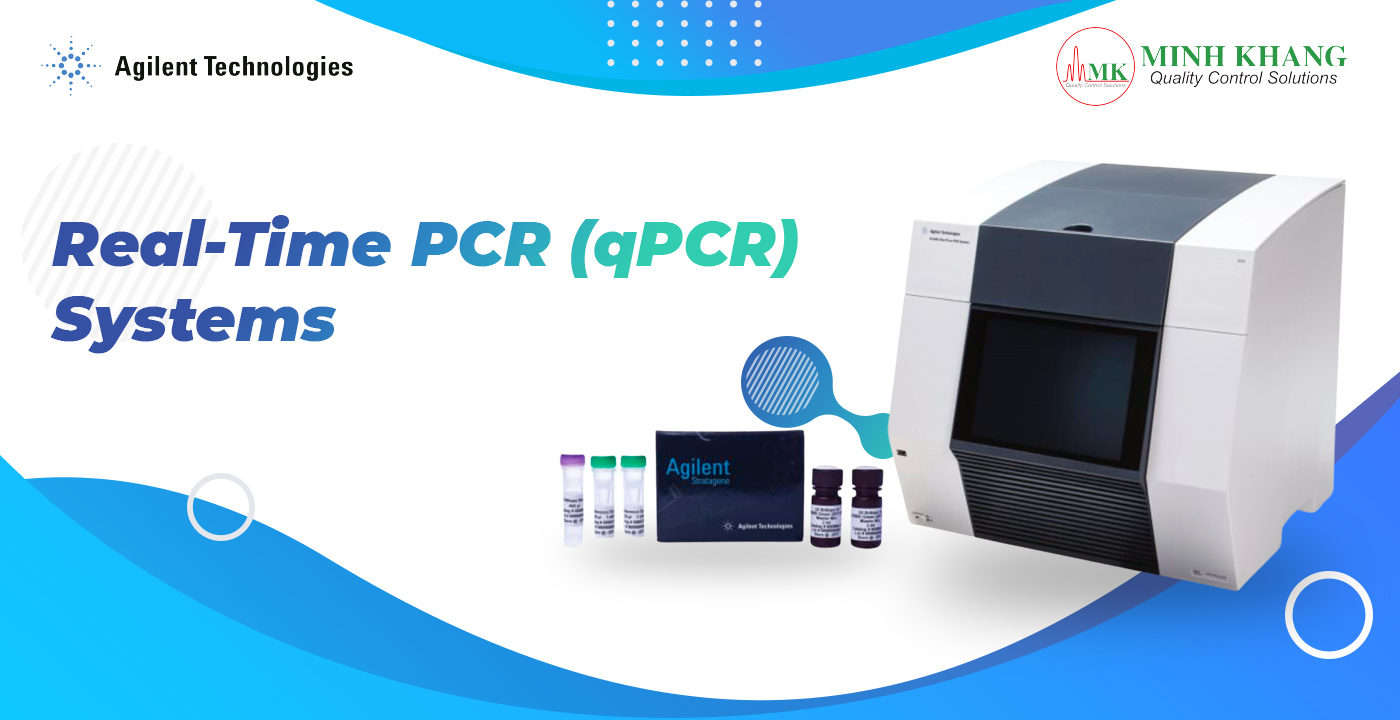

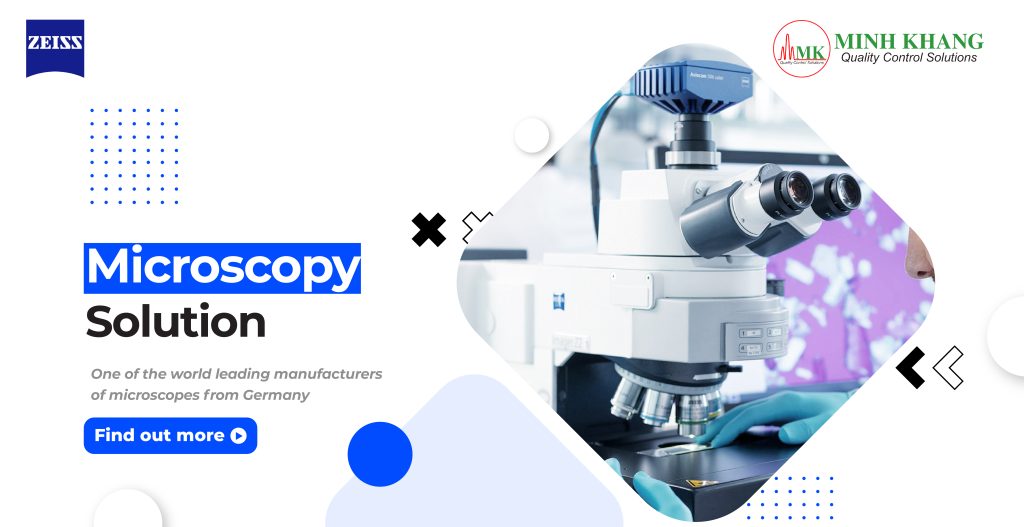
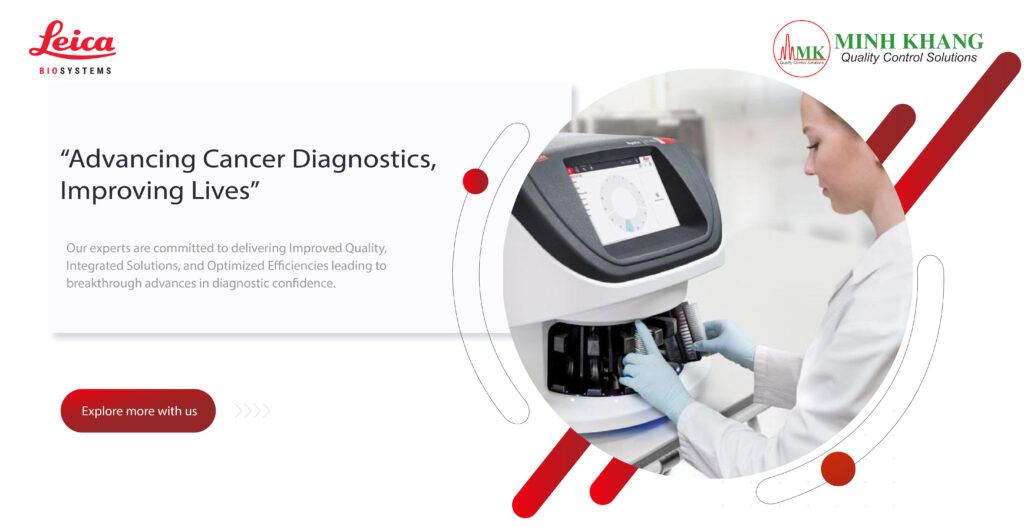
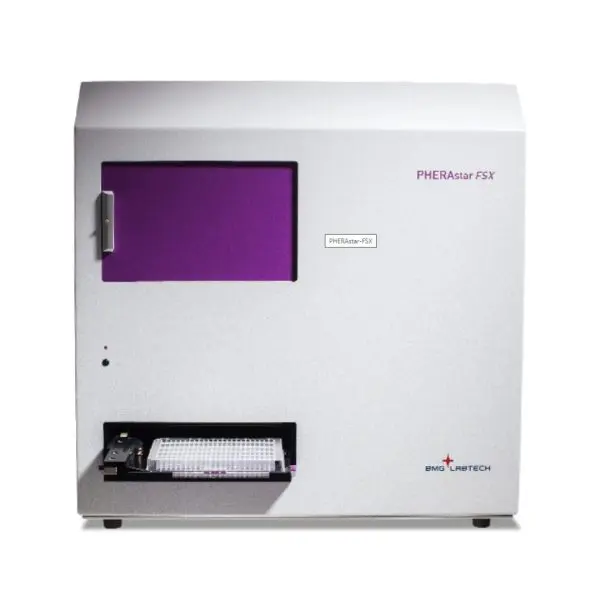



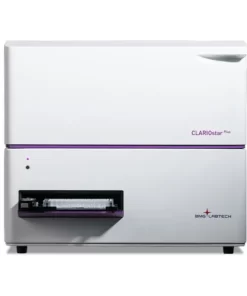
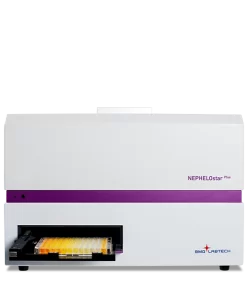
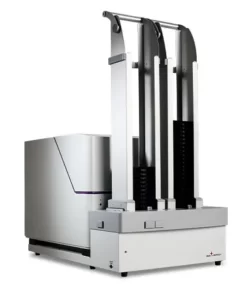
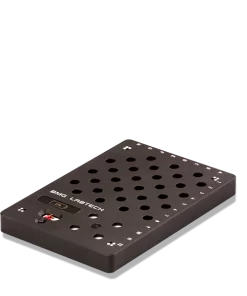
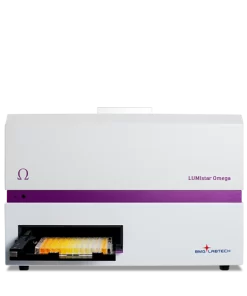
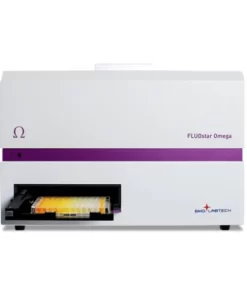
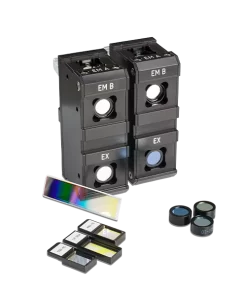
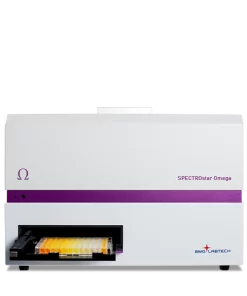
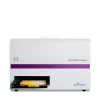
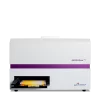

 VI
VI